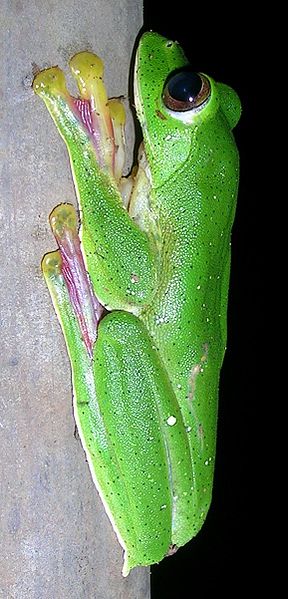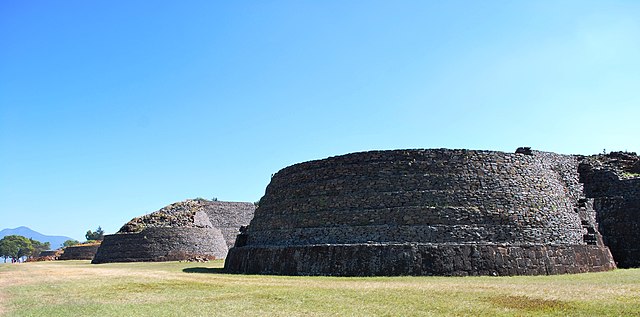We just learned about the Thrust Fault where the earth slips in the reverse direction.
One type of earthquake is a Blind Thrust earthquake.
Usually earthquakes happen in places where there are faults that have been mapped out, so people know where they are and know what to expect.
Sometimes earthquakes happen in areas where people did not think there were any faults, so it is like a blind earthquake because no one was expecting it, and no one was looking there for an earthquake.

(from: wikipedia - blind thrust earthquake)
Kid Facts - Blast from the past: Heat Treatment










